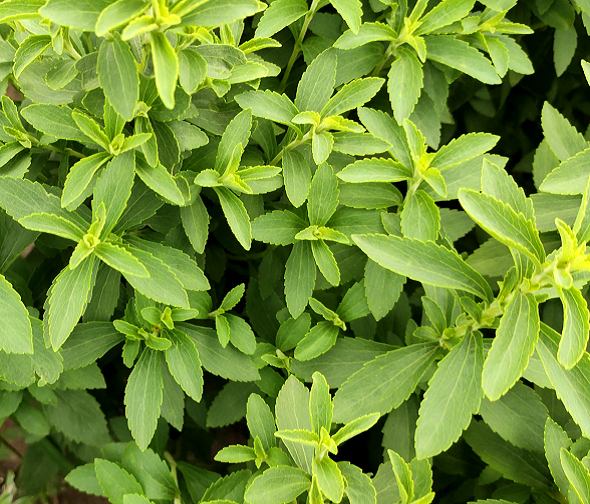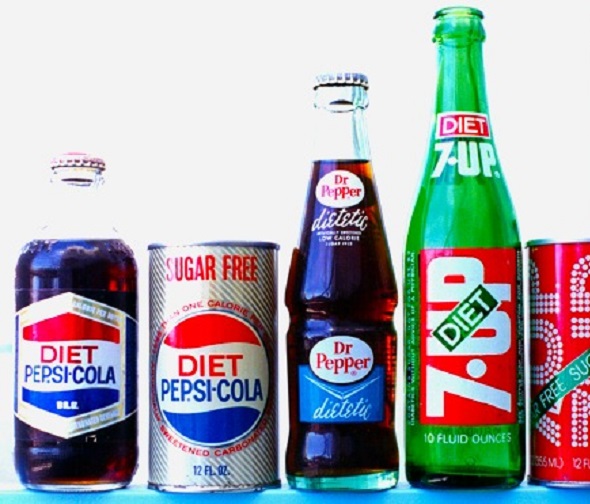
 The active component of stevia is stevia glycoside, which is extracted from the natural stevia leaves. After resin exchange, the plant extract is finally separated and purified, in which methanol and ethanol are used as solvents. As a result, some EU member states are debating whether stevia can be labelled as natural. Stevia can't be produced without the leaves going through the extraction process described above.
The active component of stevia is stevia glycoside, which is extracted from the natural stevia leaves. After resin exchange, the plant extract is finally separated and purified, in which methanol and ethanol are used as solvents. As a result, some EU member states are debating whether stevia can be labelled as natural. Stevia can't be produced without the leaves going through the extraction process described above.
"This issue is critical for marketing stevia products in certain member states of the European Union,"
"However, in the European Union's EFSA, there is no unified definition of 'pure natural'."
Anne Robin, director of regulations at Leatherhead Food Research Centre,
"Stevia sides come from natural stevia leaves, but it's hard to claim that stevia is natural."
"It's more accurate to say that stevia comes from natural plants. That's what most manufacturers are now advertising."
Robin said,
 Food Drink Europe, the European Union's trade association for the food industry, recently published a reference code describing stevia as "naturally derived from plants".
Food Drink Europe, the European Union's trade association for the food industry, recently published a reference code describing stevia as "naturally derived from plants".
According to the reporter, there are nine different versions of the description, including "sweeteners derived from natural products", "natural sweet taste" and so on. Robin explained that because the European Union does not have a strict definition of "all natural," it is difficult to tell whether stevia can be called "all natural." But the EU Food industry trade association's description so far seems to be more accepted by the industry.